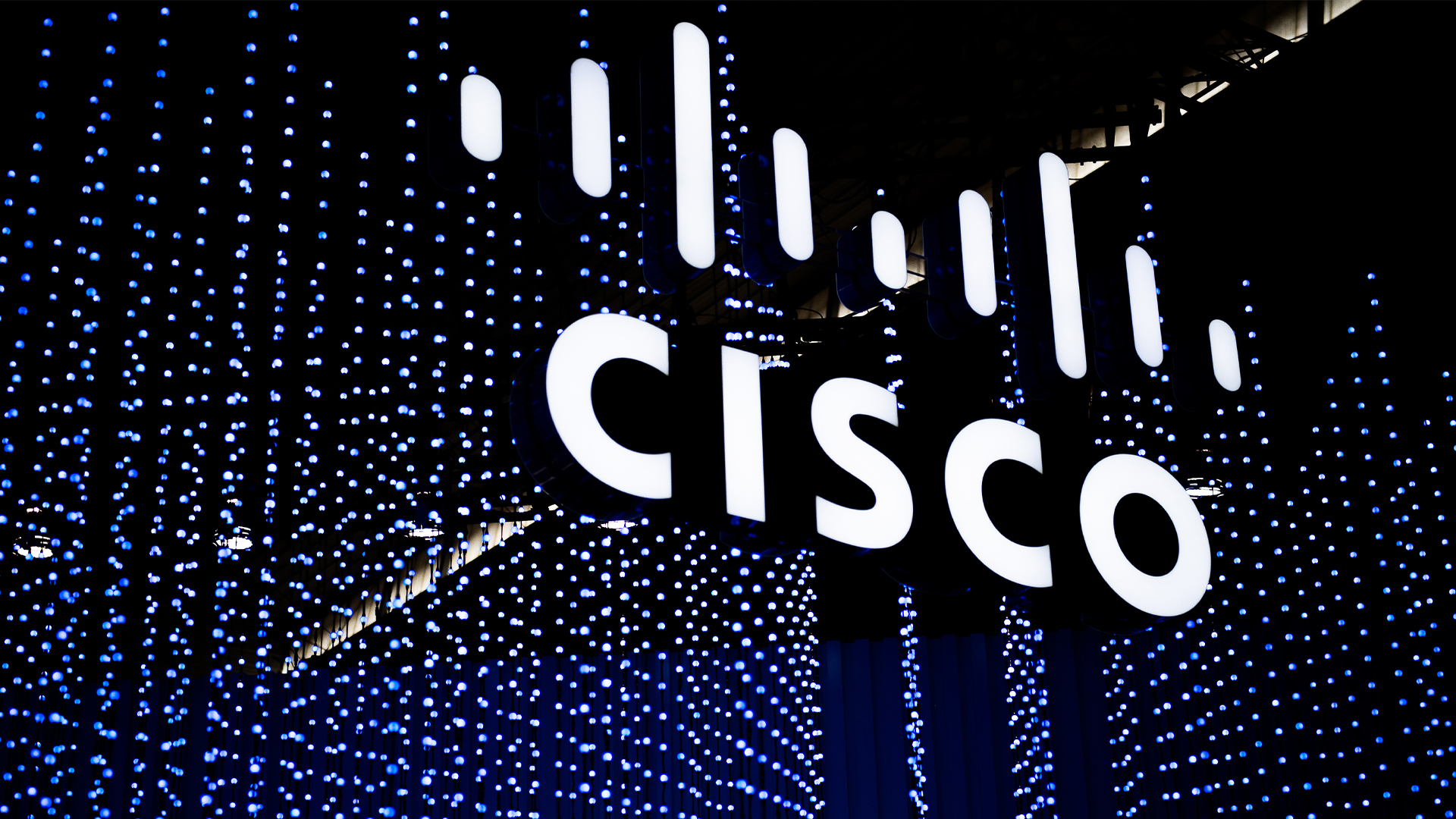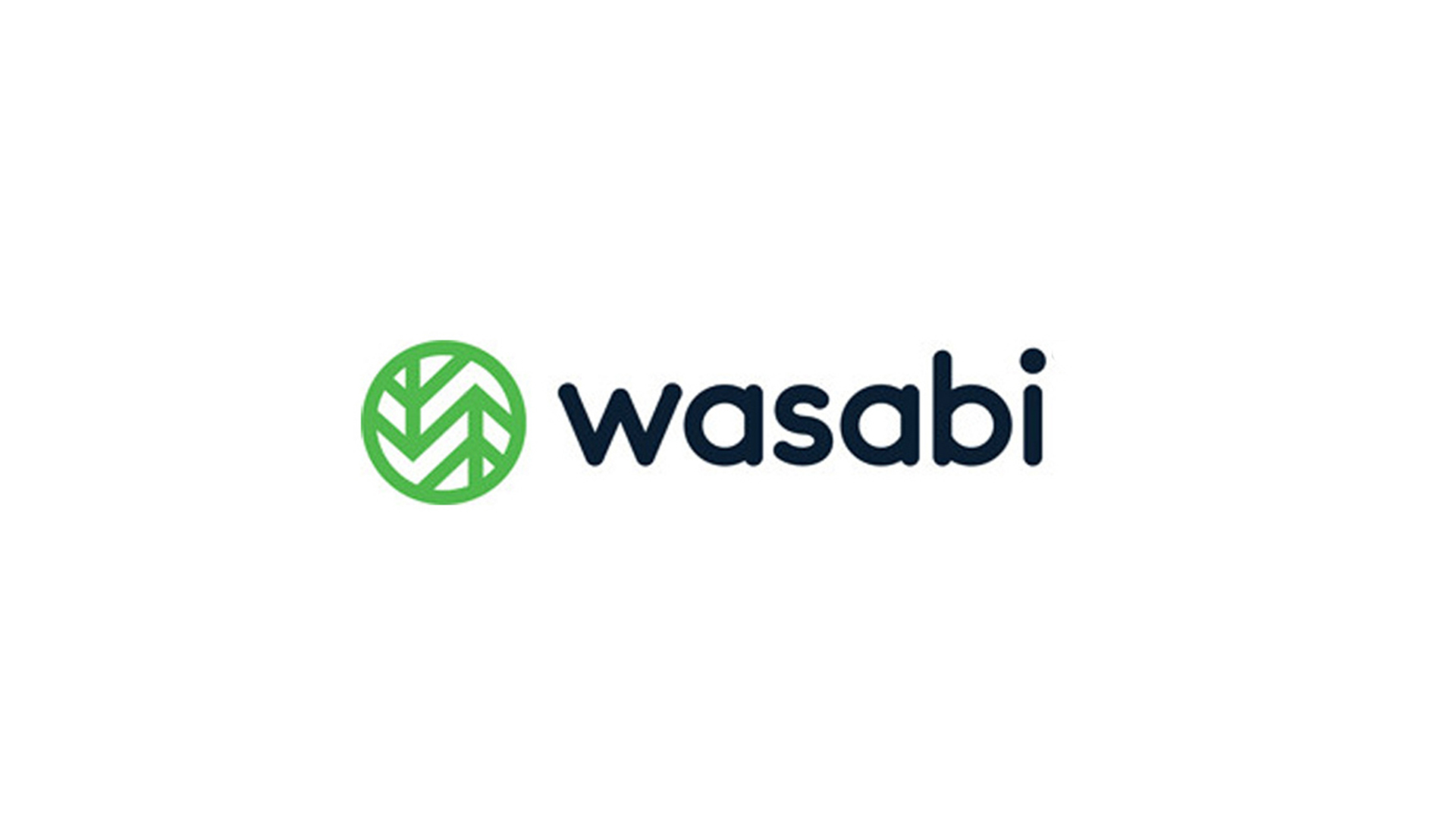What 2019 holds for the channel
Channel leaders give their predictions for the year ahead

With 2019 just around the corner, it's time to look ahead to see what the year will have in store for the channel, whether that's brand new opportunities or threats to existing models.
In order to get an impression of what the market thinks, we've rounded up a bunch of predictions from leading names in the channel, which consider everything from cyber security trends and MSP tactics, to edge computing and machine learning-based analytics.
2019 will be the year of choice
Matthieu Brignone – head of EMEA channel & alliances, Pure Storage
The success of any organisation depends on having the right infrastructure to access and leverage the data they have. Current IT infrastructure wasn't built from scratch to meet the demands of a modern data-intensive business environment. It was built over time, project by project, which resulted in a siloed and fragmented infrastructure. Cloud has further muddied the waters. Today there is a 'cloud divide' - the public cloud is not purpose-built for enterprise needs, and enterprise-grade storage isn't as user-friendly as the cloud. And this has for too long forced businesses to compromise between one or the other solution.
We believe that in 2019 this cloud divide will no longer force businesses to compromise. Solutions are becoming available that give organisations the power of choice. And the partner community will play a critical role in helping customers identify and implement the hybrid environment most suitable for them, ensuring the delivery of a modern IT framework that puts data at the heart of company strategy.
The partners who will be most successful are those that recognise the importance of providing value-added services. This is particularly important, given the changes we've seen in how, and where, businesses choose to consume their IT. To fully support customers on their digital innovation journey and become similarly valued business partners, the partner community must continue to invest in the types of value-added services that provide modern, efficient and scalable solutions.
Email security will remain king
Jason Howells – director EMEA, Barracuda MSP
ChannelPro Newsletter
Stay up to date with the latest Channel industry news and analysis with our twice-weekly newsletter
With nearly three-quarters (74%) of attacks entering via email, email security will continue to be king. On top of this, email attacks are increasing, according to nearly three-quarters of EMEA IT professionals (73%) in our own research from earlier this year. Specifically, we're observing that attacks targeting the individual are on the increase - such as phishing, spear phishing, and business email compromise. A growing number of hackers are turning to these social engineering techniques to increase their success.
One example of this is account-based takeover. Typically resulting from a successful phishing attempt, an account takeover attack happens when a user shares their credentials, giving the hacker access to their email account. Phishing attacks also aren't just confined to email anymore, we are seeing them penetrate into voice and text communications.
What's more, cybersecurity education will continue to be key to a bulletproof security posture. We all know that the human risk, especially when it comes to email security, can be a significant liability. When it comes to minimising this, the vast majority (89%) of EMEA IT security experts believe that end-user training and awareness programmes are important.
However, a sizeable number (35%) still don't train their employees on how to spot phishing and spear-phishing. That sounds like a huge opportunity for channel partners to me.
Over the next year, MSPs and solution providers will need to help organisations to close this gap, and identify ways to better educate customers on these types of exploits. Solutions that provide security awareness training and phishing simulation, for example, can really help users learn how to identify these attacks.
Resellers dependent on humans are at risk
Karl Roe – VP of Services and Cloud, Nuvias
The simple reselling of products is no longer sufficient to create real customer value. It's becoming clear that the role of the channel needs to change to reflect the growing need for true systems integration, in terms of connectivity and end-user customer systems. The channel needs to extend its portfolio of 'off-the-shelf' products and develop specific and maybe even bespoke software, which delivers tailored solutions that support their customers' drive for digital transformation and change the way they operate.
As the migration to the cloud gathers pace, the channel also needs to help customers take the next step from hybrid cloud deployments to building fully API-driven and cloud-integrated solutions. Those APIs are there now, where they didn't exist before, and need to be utilised by the channel to create new value.
Looking at other technology trends, the network layer still has some way to go in terms of security, virtualisation and optimisation and this is an on-going opportunity for the channel to explore and develop new solutions.
In terms of consolidation, both desktop and network are transitioning to an automated model. Any reseller dependent on using humans to deliver this service is at risk. As we have seen with the automation of software deployment and desktop management, the network layer of any solution has the opportunity to go down this route even faster and more efficiently.
Print urgently needs diversification
Jason Cort – director of Product Planning and Marketing, Sharp
In 2019, OEMs will build upon and refine the intelligent, connected technologies that have started to permeate the print and IT industries. AI and IoT have become popular buzzwords of late, but as these technologies become more commonplace, organisations need to differentiate themselves by offering products that add real value for customers.
To do this, vendors and channel organisations will need to think more about the end user experience. This is certainly something we are focused on at Sharp, looking beyond the technology to consider how new features and functionality are designed to have the most impact on the overall customer experience. This helps to create more targeted innovation that delivers the experiences customers need, want and value.
The print industry is getting smaller; while this doesn't mean that people will stop printing overnight, there is now more urgency for print-focused organisations to diversify. Next year we will see an increase in the number of businesses looking to move beyond their traditional target markets.
This could be achieved through partnerships with companies offering complementary software and service solutions. However, it is likely we will see further consolidation of the market as a result – another print OEM may change hands for example.
Moving to the edge
Miriam Murphy – SVP EMEA Advanced & Specialist Solutions, Tech Data
For the past decade, cloud computing has been one of the most influential technological trends, but, as more businesses plan for large-scale IoT deployments, edge (or 'fog') computing threatens to improve and replace it. Edge computing has been bolstered by the popularity of cloud computing in the first place and, although the two can be said to have a symbiotic relationship, edge computing will shift much of the critical processing away from cloud data centres and, instead, over to the devices connected to them.
As the number of IoT (Internet of Things) rollouts increases month-on-month, so too does the need to process data close to the endpoint instead of on a centralised cloud server. That, of course, is why the number of businesses implementing edge computing has soared in the last year.
Consequently, in 2019, businesses can expect to see edge-focused infrastructure empowered further still, through the use of AI, greater storage and processing power, and, most significantly, a symbiotic relationship with cloud computing that will mean businesses no longer need to create an entirely new infrastructure to implement edge computing.
When 5G comes along, we are going to see this trend exponentially ramp up. It will drive up the volume of data at the edge even further. The faster you can move greater volumes of data from point A to point B, the more processing power you'll need at the edge in order to avoid latency issues.
Adjusting to a rise in SaaS
Nick Miles – director of Regional Alliances, Okta
In the next 12 to 18 months, will see more SaaS vendors enter the channel. SaaS players are realising its importance, and partners themselves will need to embrace this openness to drive maximum value from their ecosystem. Ultimately, people buy from people, which is a key value-added service of the channel.
In order to accommodate this shift, channel partners will need to change their mindset to meet the demands of a SaaS world. Historically, many of the partners have focused their efforts on a handful of vendors bringing in the most income, which are typically on-premise based vendors. But as we move towards a growing SaaS model, channel partners will need to take a risk, avoid being scared, and dip their toes in this new world.
Another challenge and one that will continue to unravel in the year ahead, is the huge shroud of uncertainty of Brexit. Without a clear idea of how businesses should react to Brexit, the channel will need to be flexible and move accordingly to their customers and the market.
ITPro is a global business technology website providing the latest news, analysis, and business insight for IT decision-makers. Whether it's cyber security, cloud computing, IT infrastructure, or business strategy, we aim to equip leaders with the data they need to make informed IT investments.
For regular updates delivered to your inbox and social feeds, be sure to sign up to our daily newsletter and follow on us LinkedIn and Twitter.
-
 Google faces 'first of its kind' class action for search ads overcharging in UK
Google faces 'first of its kind' class action for search ads overcharging in UKNews Google faces a "first of its kind" £5 billion lawsuit in the UK over accusations it has a monopoly in digital advertising that allows it to overcharge customers.
By Nicole Kobie
-
 Neural interfaces promise to make all tech accessible – it’s not that simple
Neural interfaces promise to make all tech accessible – it’s not that simpleColumn Better consideration of ethics and practical implementation are needed if disabled people are to benefit from neural interfaces
By John Loeppky
-
 Cisco names Oliver Tuszik as global sales chief
Cisco names Oliver Tuszik as global sales chiefNews Cisco has announced the appointment of Oliver Tuszik as its new executive vice president of global sales, who replaces Gary Steele.
By Daniel Todd
-
 Selling on outcomes, not solutions – how the channel can improve sales success in 2025
Selling on outcomes, not solutions – how the channel can improve sales success in 2025Industry Insights The traditional solutions-led approach to channel sales needs to be adapted – here’s how
By Phil Skelton
-
 Wasabi Technologies promotes Jon Howes to SVP of global sales
Wasabi Technologies promotes Jon Howes to SVP of global salesNews The industry veteran will lead the cloud storage firm’s global sales operations as it looks to further growth
By Daniel Todd
-
 Why technology resellers are essential to UK government
Why technology resellers are essential to UK governmentIndustry Insight Technology resellers can play a pivotal role in supporting public sector digital transformation
By Sean Collins
-
 How the channel can maximize market opportunities for business growth
How the channel can maximize market opportunities for business growthIndustry Insight Adapting to emerging technology trends, fostering closer client relationships, and building a strong online presence will be key to maximizing channel growth
By Anton Shelepchuk
-
 Understanding the customer journey is key to building stronger client relationships
Understanding the customer journey is key to building stronger client relationshipsIndustry Insight Understanding the complexities of the modern customer journey will be key to fostering robust, long-term relationships with clients
By Tony McNish
-
 Building channel resilience in 2023 and beyond
Building channel resilience in 2023 and beyondIndustry Insight Building a resilient, robust channel ecosystem could be key to weathering current economic trends
By John Nolan
-
 Veritas bolsters partner program with new incentives and rewards
Veritas bolsters partner program with new incentives and rewardsNews A simplified channel platform process will enable partners to focus on their core strengths in FY24, the company says
By Daniel Todd
